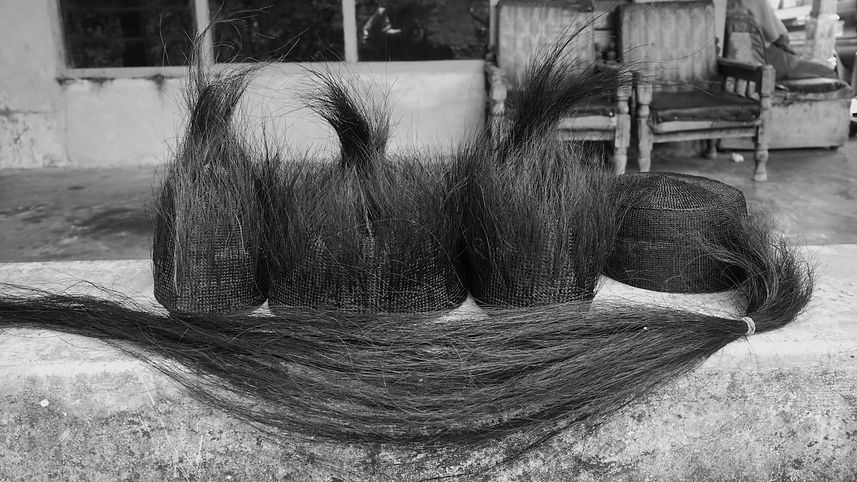
About Me
Camila is one of this year’s Ethnomad Ethnographic Explorers, bringing a unique blend of heritage and passion to her work. Born in the United States to Mexican parents, Camila’s journey is deeply rooted in her efforts to reconnect with her Mexican heritage and her growing interest in Indigenous agricultural systems. This connection has shaped her academic and professional ambitions. Currently studying International Development at University College Cork (UCC) in Ireland, Camila is preparing for an ethnographic journey to Sumatra, Indonesia, in partnership with "Cahaya Maritim, Indonesia". Her work will immerse her in the rich cultural tapestry of the matrilineal Minangkabau people, exploring their history, heritage, and unique societal structures. She will also focus on the Indigenous inhabitants of the Mentawai Islands, delving into their way of life, history, and heritage. Camila’s exploration reflects Ethnomad’s mission to document, celebrate, and support cultural diversity. By working with the Minangkabau and Mentawai communities, she aims to uncover and share their stories, highlighting the resilience, traditions, and wisdom that define their ways of life.
PART ONE. A Journey into the Field as an Ethnographer with Fading Cultures
In just a few short days, I will trade the familiar grey skies of Cork, Ireland, for Padang, Indonesia's vibrant, tropical atmosphere. Over the past few months, I have eagerly anticipated this adventure, imagining what life will be like immersed in Sumatra's rich cultural heritage. Soon, lush green rainforests, stunning blue oceans, and majestic mountains will become my daily reality. I am excited to delve deeply into the culture of the Minangkabau people, document their stories firsthand, and understand the challenges they face in preserving their cherished traditions. The narratives I have studied from afar will soon become personal experiences, allowing me to write meaningful stories about these extraordinary yet fading cultures. My past three years at university have equipped me with vital research and writing skills, preparing me academically for this journey. However, ethnographic research is a field that thrives beyond classroom walls, making this internship a truly transformative experience for me. Over the next three months, I will step outside my comfort zone, learning firsthand what living and working as an ethnographer means. I will discover diverse ways of life, gain insights into local communities, and master the delicate art of storytelling from an outsider's perspective. Through documenting the livelihoods, traditions, and resilience of the communities in Sumatra, I hope to shine a spotlight on their remarkable cultural heritage and the urgent challenges they face. These stories aren't mine alone—they belong first and foremost to the incredible people I'll meet. If you have ever wondered what life as an ethnographer truly entails, I warmly invite you to follow along with my journey at Fading Cultures. Join me in uncovering the rich stories of Sumatra, and together, let’s explore and preserve the beauty and depth of these fading cultures.

Explore Our Latest Article
In this poignant field article, Camila Torres Coto Aguilar journeys to West Sumatra in search of a fading tradition: the topi ekor kuda, a horsehair hat once worn with pride by Minangkabau elders. Guided by whispers and local contacts, she meets Inel, the last known woman still practicing the intricate craft. Through vivid observation and quiet reflection, the story captures not only the fragile beauty of the handmade hats but also the quiet burden carried by women tasked with preserving traditions in a fast-modernizing world.
Pre-departure





















